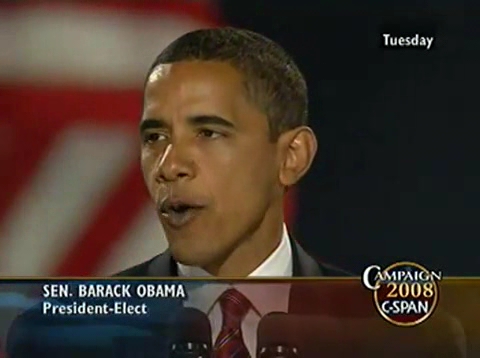

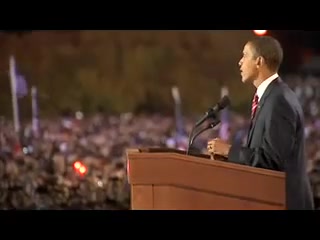
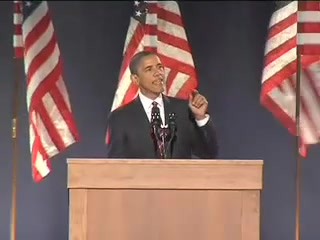
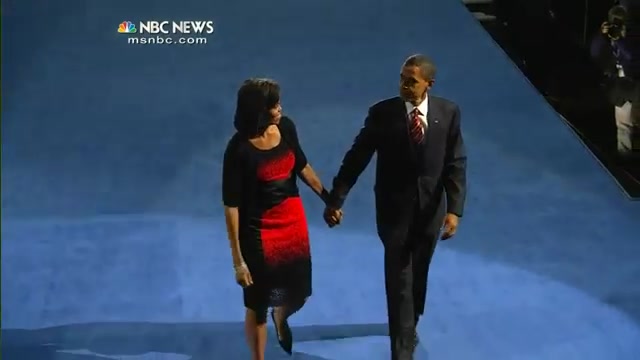

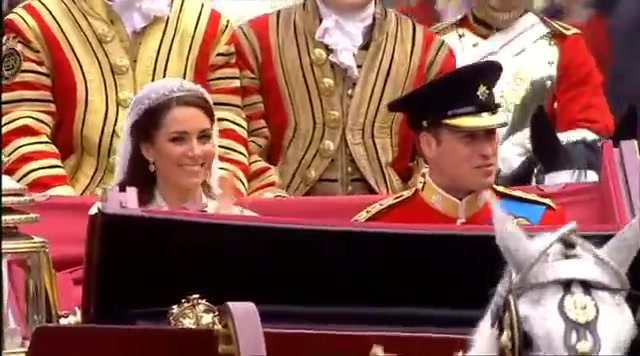
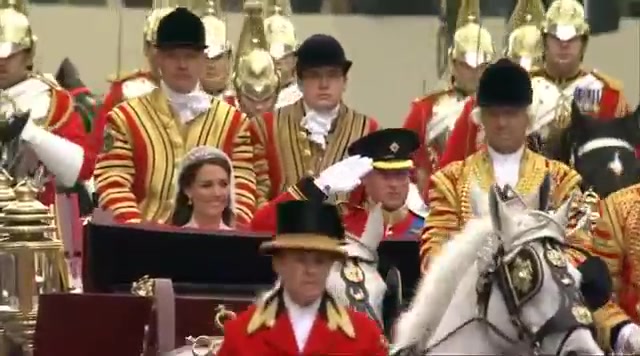
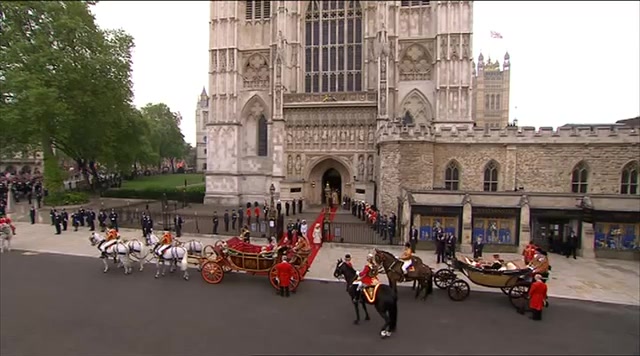
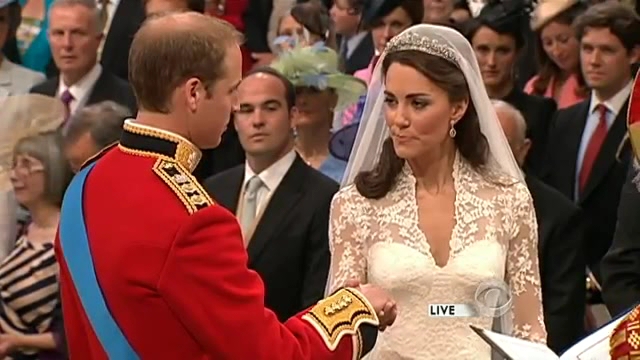
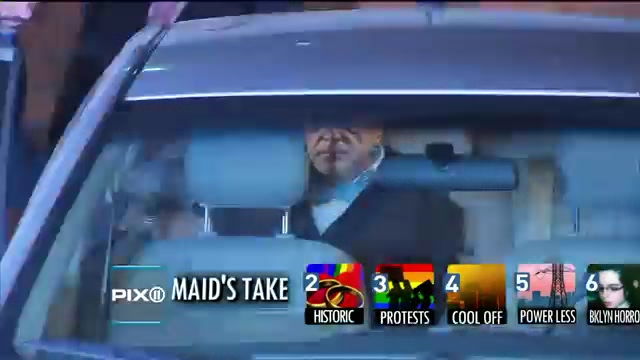

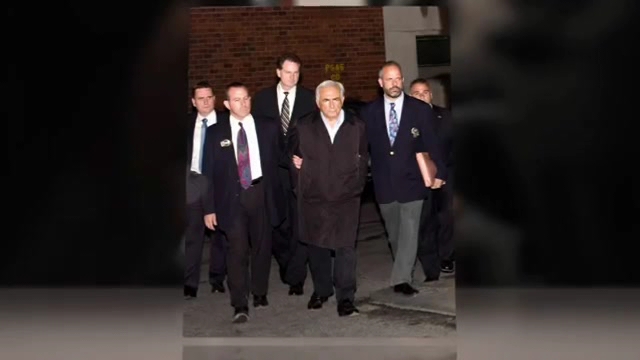
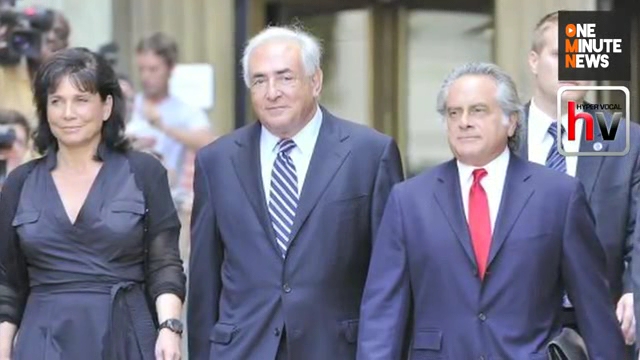
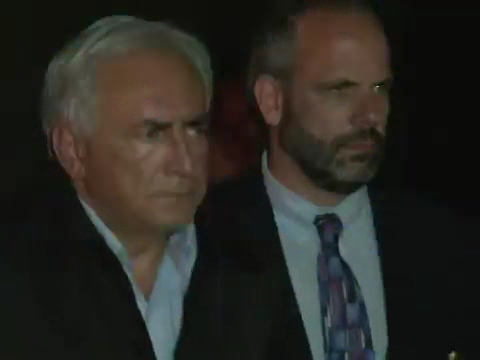

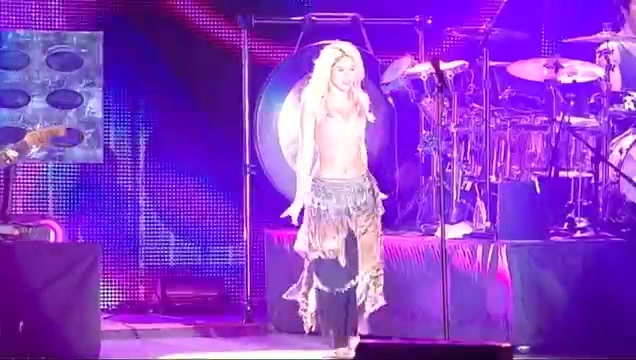



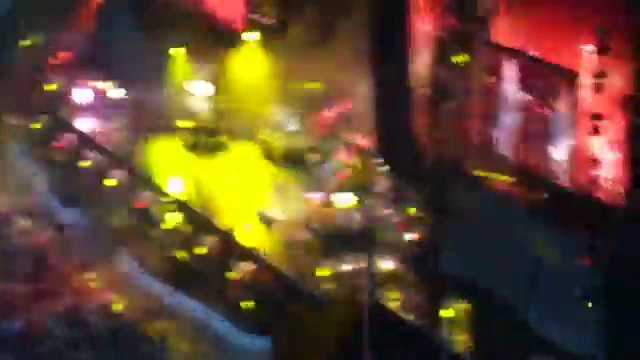
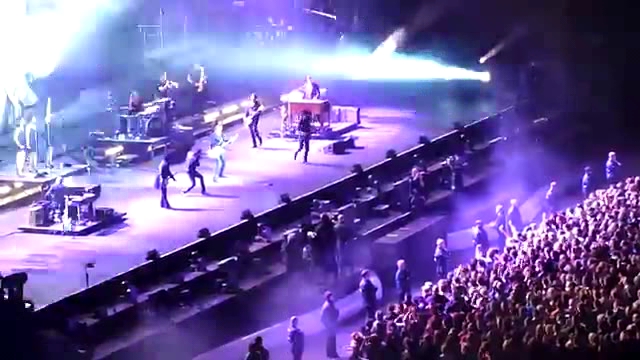
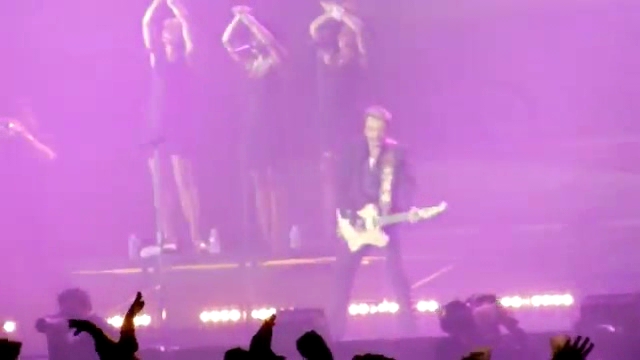
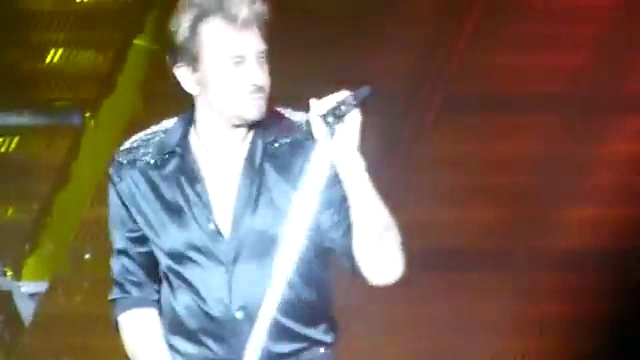

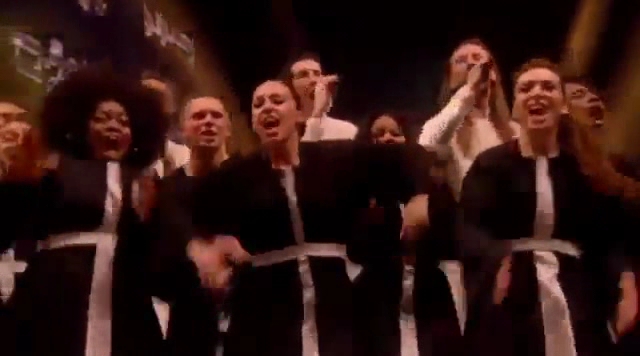

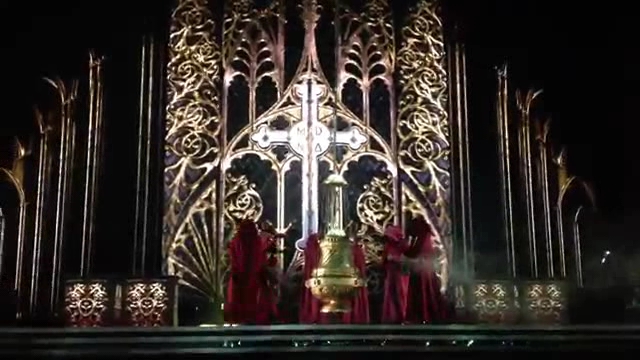

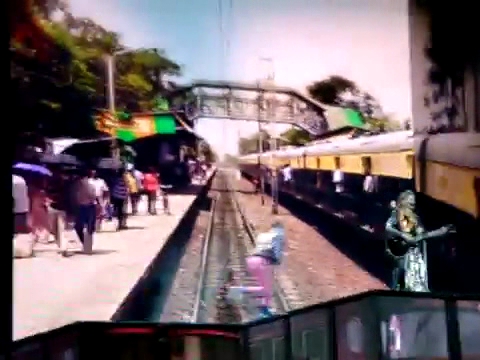
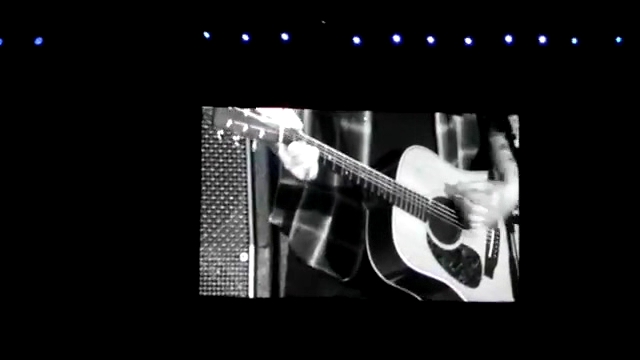
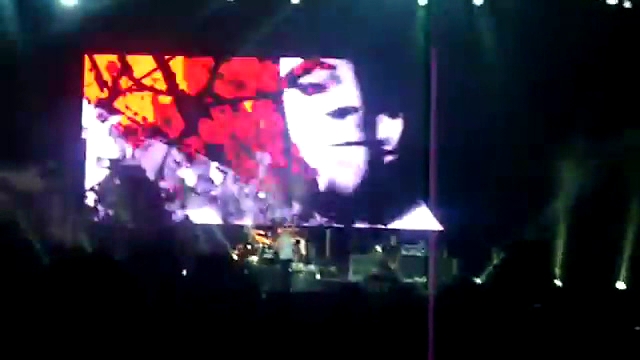
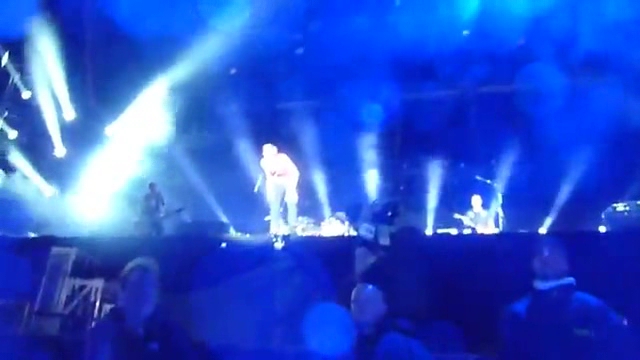


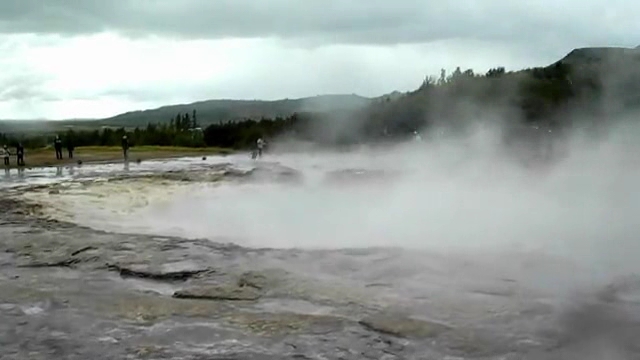
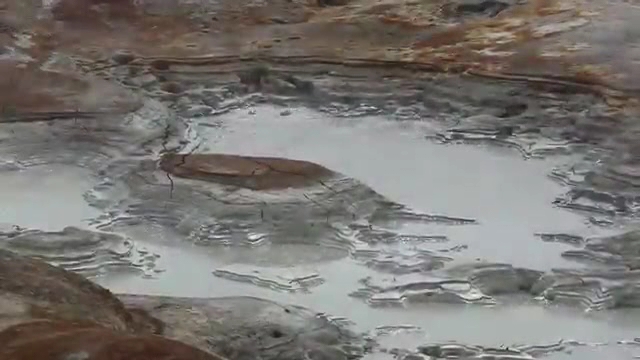

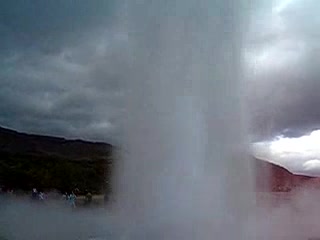

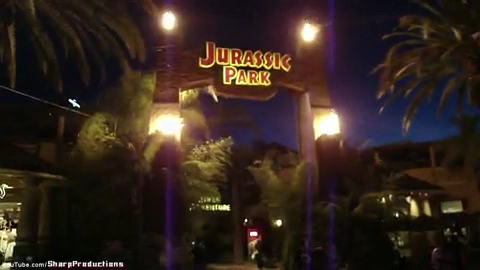
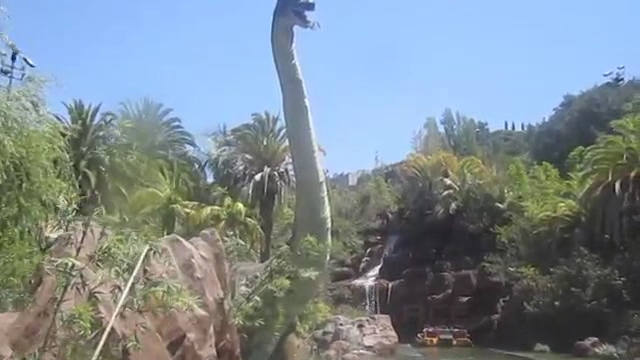

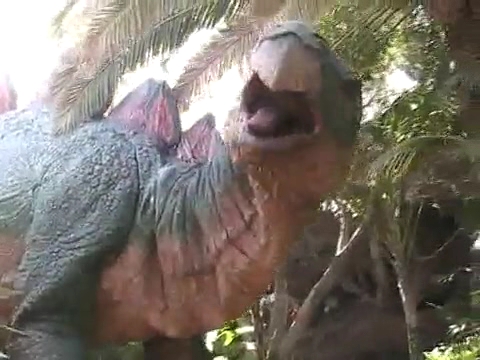

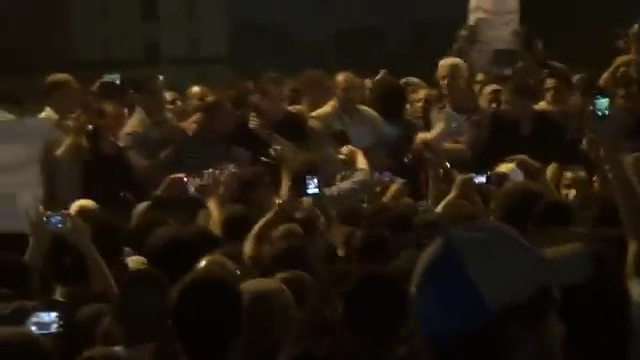
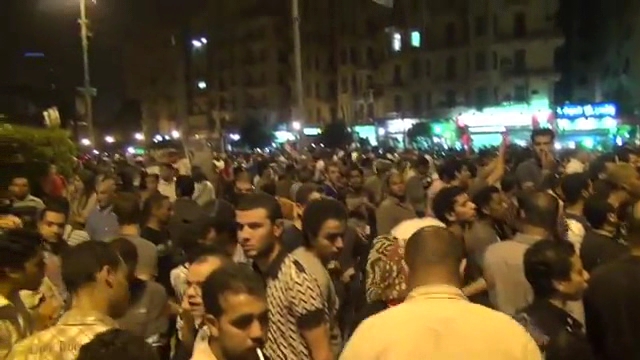
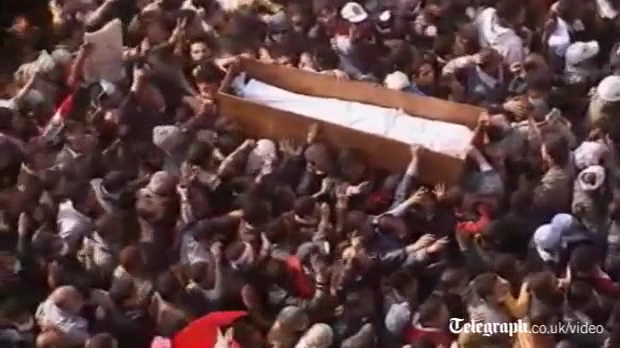

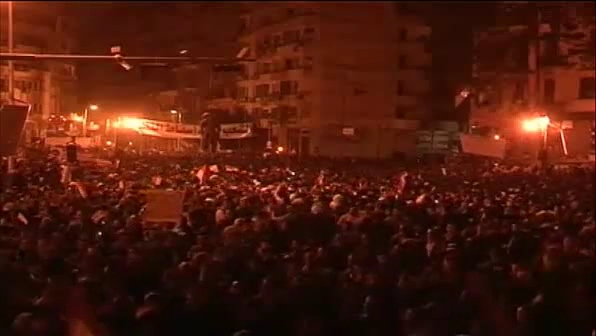






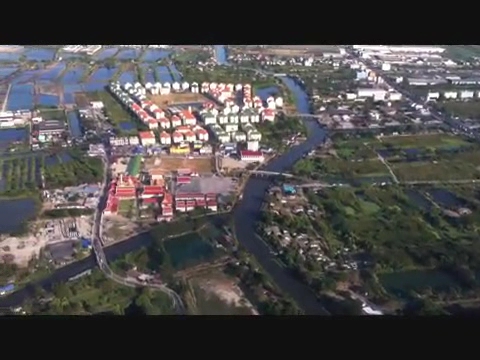


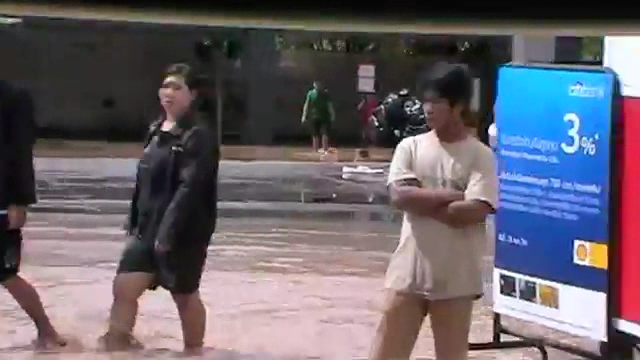
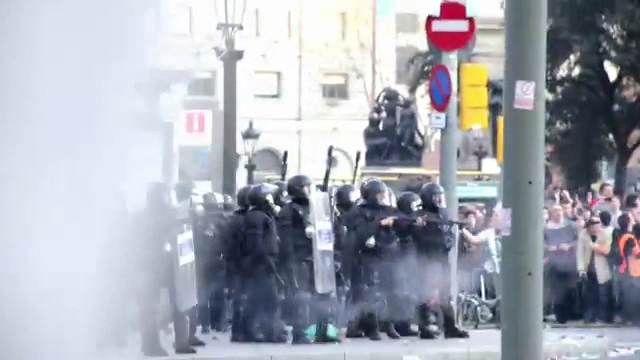
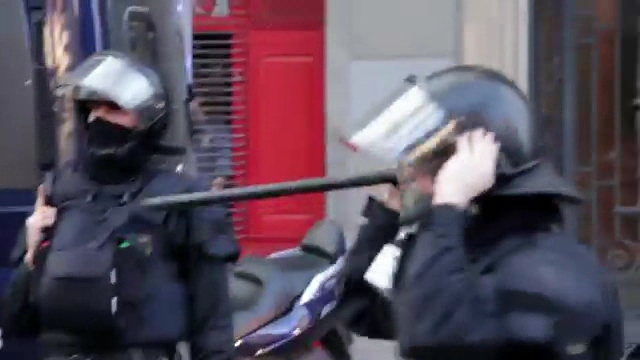
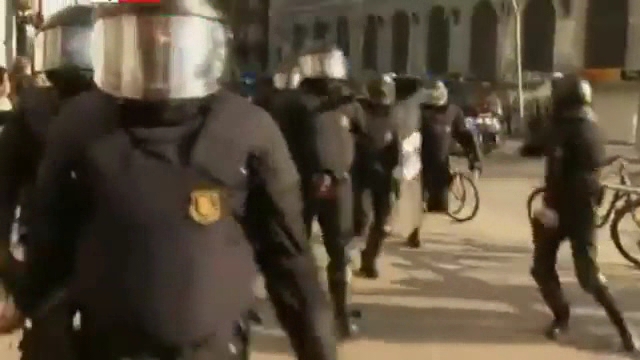
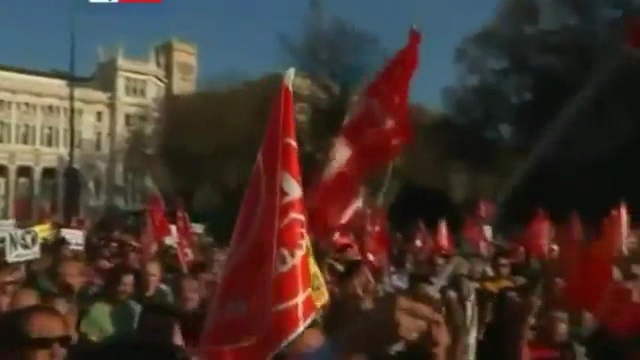
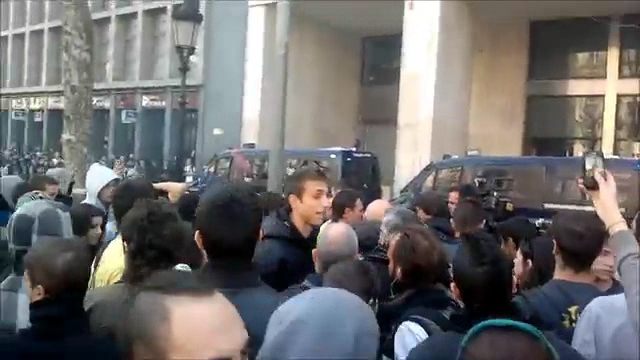
It was introduced in our CVPR 2013 paper Event retrieval in large video collections with circulant temporal encoding, by J. Revaud, M. Douze, C. Schmid and H. Jégou.
The dataset has been annotated by M. Douze, J. Revaud, J. Delhumeau and H. Jégou.
The benchmark evaluates how algorithms perform in the recognition of videos related to a given event. The only input about this event is a query video. The videos to retrieve include (ordered from easiest to most difficult):
Half of the positive videos are used as queries, and the remaining half plus the negatives make up the database (so that there is no intersection between the queries and the database).
universal+studios+jurassic+park+ride).
The videos are identified by their Youtube ID (11 alphanumeric
characters). For example, the video with id YpctrE62nfs
can be viewed at address http://www.youtube.com/watch?v=YpctrE62nfs.
The list of events and their definitions are here.
For each event, there is an annotation file in text format where each line looks like:
6QU0IG6ugCw -1 database
The annotations and the event descriptions are available here, or as a single ZIP file.
The script eval_evve.py computes the mAP
given a result list. See the -h option for the result file format.
The per-frame multi-vlad descriptors are available here, and can be retrieved with
wget -r http://pascal.inrialpes.fr/data2/evve/descs -I /data2/evve/descs
The per-video MMV descriptors (much more compact) are available in Matlab format here here.
Contact us if you need help to get the videos themselves from Youtube.
Contact us also if you need the 100k distractor set.
Reproducing the paper's results (only MMV descriptor)
This package reproduces the MMV result of
table 3 in the paper. Run search_mmv.m in Matlab/Octave after
downloading the descriptors and annotations. It outputs a result file
that can be evaluated with the script above. Uses fvecs_read from Yael.
For any comment or problem, contact me (matthijs dot douze at inria dot fr).
| obama+speech+victory |
|---|
    
|
| kate+william+wedding |
    
|
| dsk+arrested |
    
|
| shakira+live+kiev+2011 |
    
|
| johnny+stade+de+france+2012 |
    
|
| mdna+rome+2012 |
    
|
| die+toten+hosen+rock+am+ring+2012 |
    
|
| strokkur+geyser |
    
|
| universal+studios+jurassic+park+ride |
    
|
| egypt+Tahrir+Square+protestors |
    
|
| marrakech+bomb+attack |
    
|
| thailand+flood+2011 |
    
|
| barcelona+riots+2012 |
    
|